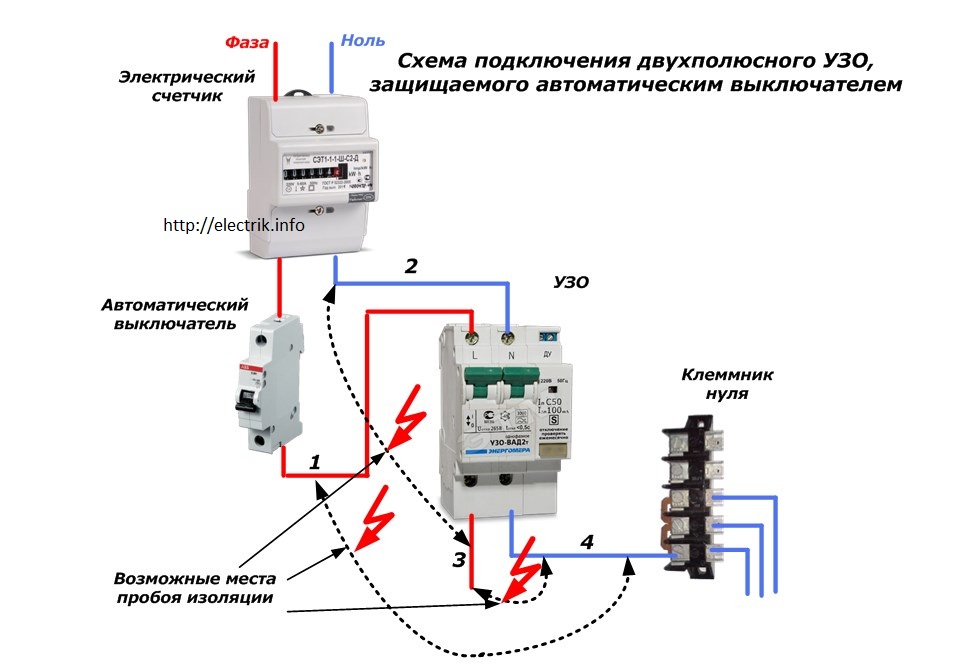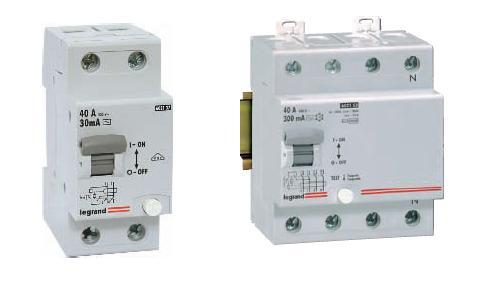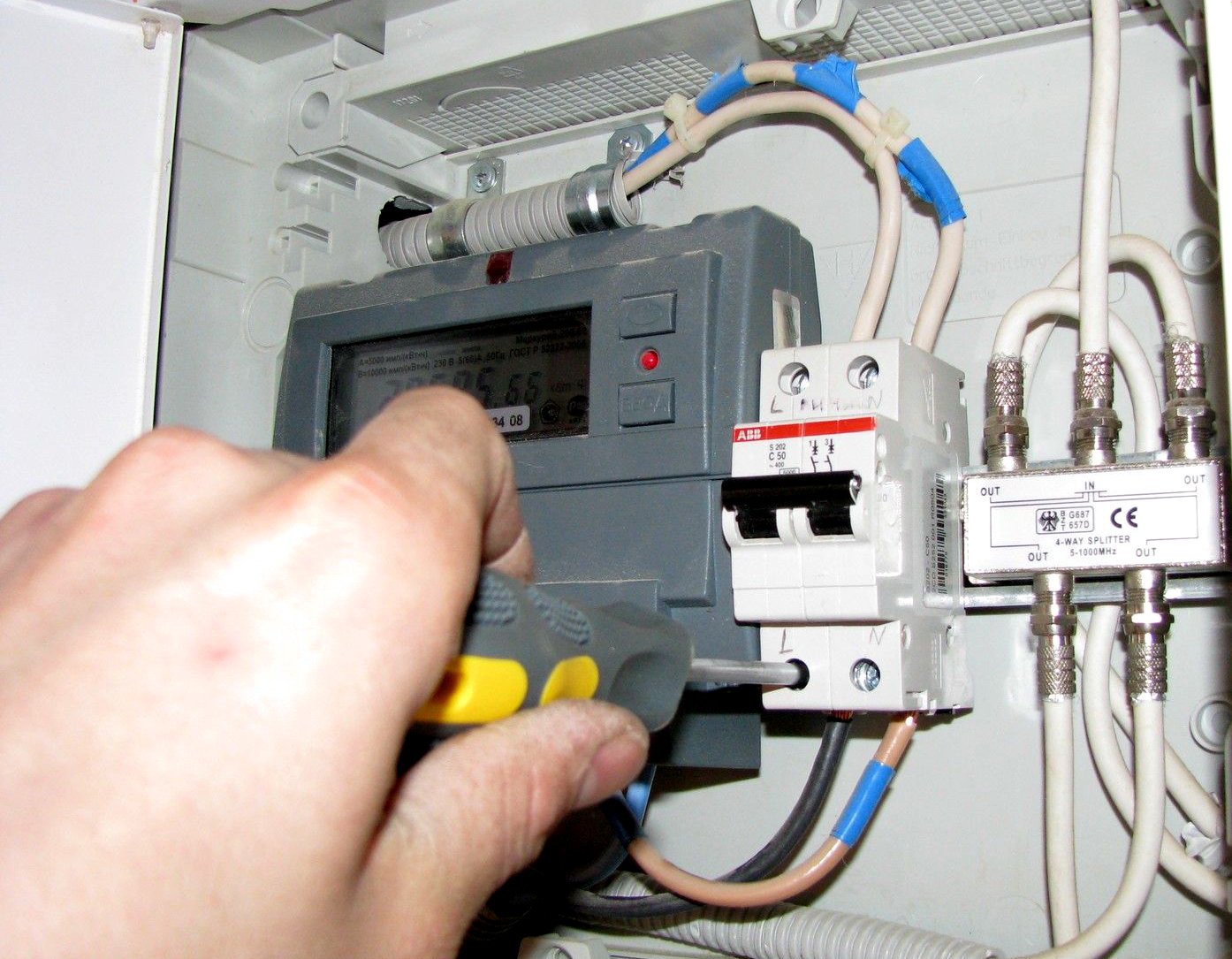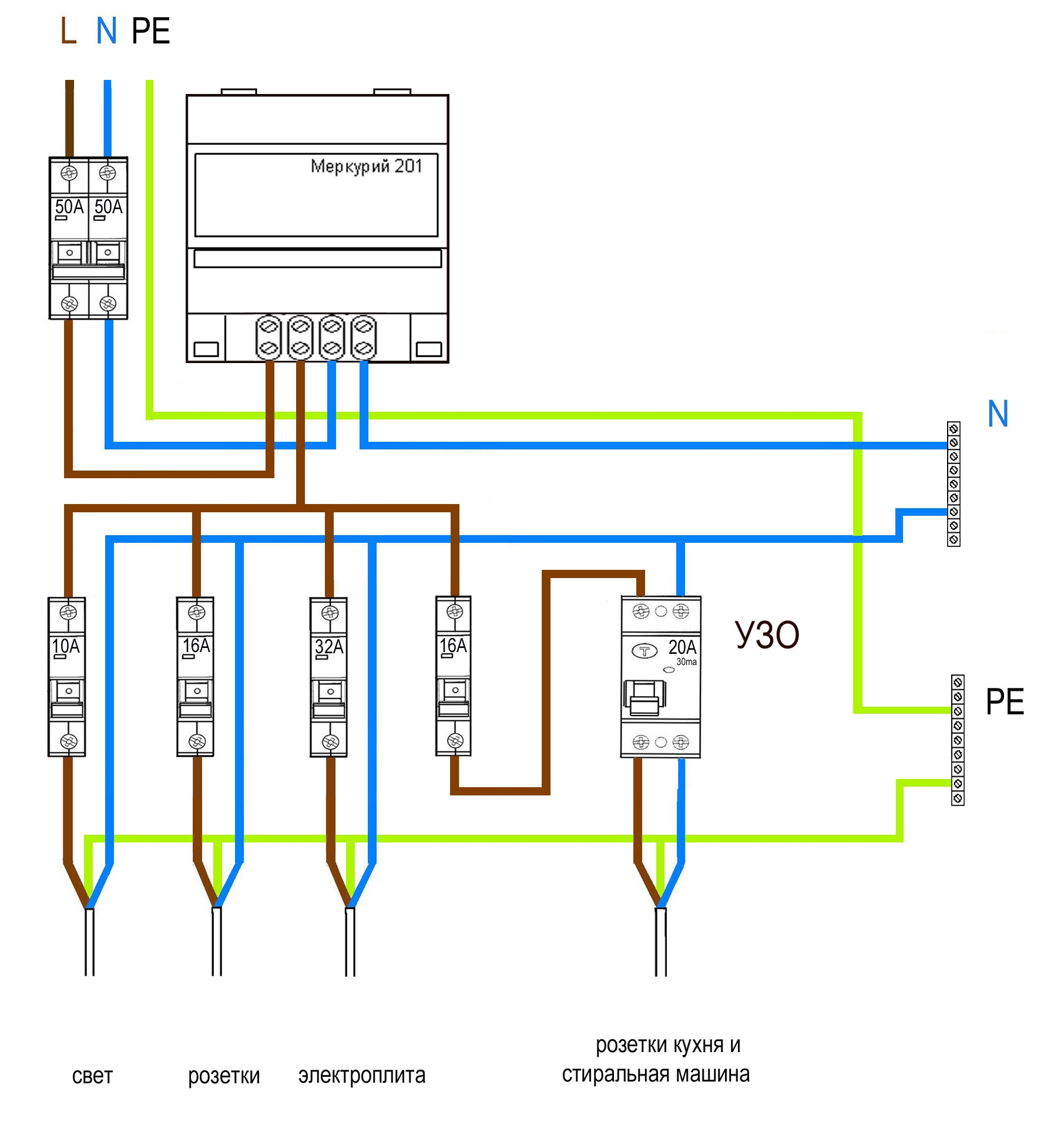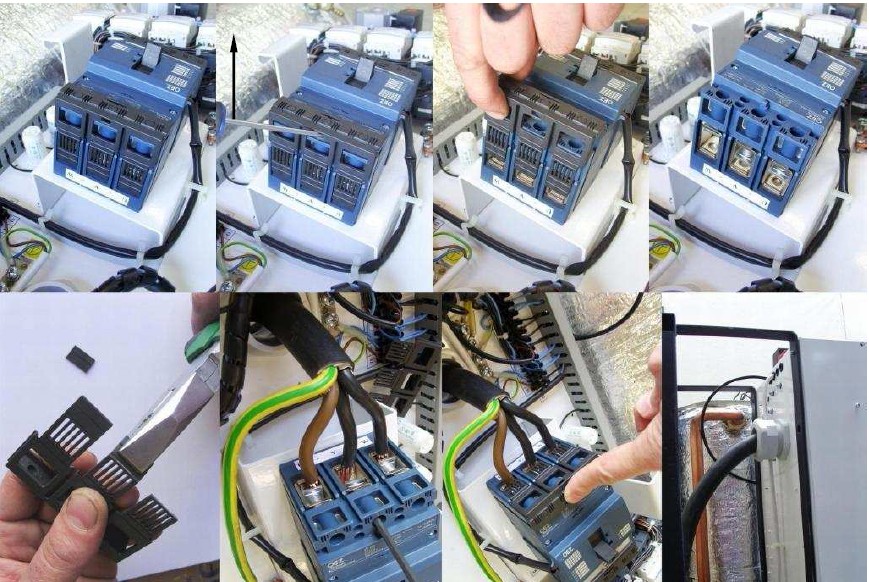Sections of the site
Editor's Choice:
- How to unlock ariston washing machine
- Pros and cons of LED lighting
- Pulse relay: device and connection
- How to calculate the illumination of a room with LED lamps?
- Plastic box - do-it-yourself aesthetic view of electrical wiring
- Electricity consumption of a warm floor: electric and film
- Installing a pump in a well: how to properly install pumping equipment
- Electrician Toolkit Overview
- How to choose a water heater: the most complete list of evaluation criteria
- 1 acoustics on the example of Sven SPS-860 and Realtek ALC889 codec
Advertising
| Detailed ouzo connection diagram without grounding |
|
Installing additional protective equipment in a residential building or apartment requires a careful approach. If you want to do it yourself without grounding, you must strictly follow the ready-made schemes. It is very important during such work to observe the order of placement of electrical equipment in the circuit. Connecting an RCD in the absence of grounding is done quite often in many apartments and old houses. Since in old-style houses there are usually power cables with one phase and zero, it is not possible to connect grounding. To make grounding, you will need to install a grounding protective circuit around the perimeter of the building, be sure to change all wiring in order to place a new cable with "ground". Only connecting such a core to a special conductor to sockets or separate contacts on powerful household appliances will make it possible to make grounding in an apartment or a private house. By combining such protective measures together with an RCD and a circuit breaker, it is possible to provide a residential building with all the necessary measures to prevent accidents. However, many people simply do not have the opportunity to do it, since today this is an expensive upgrade. For this reason, an RCD without grounding is installed. Despite the fact that the electrical network does not have grounding, you should not ignore the connection of a residual current device. The protective equipment itself does not have terminals for an earth conductor. It has places for connecting a phase and a working zero. Since this device has a completely different purpose, there is no need for it to make separate ground points.
A connected RCD in the absence of grounding is expected to cut off the supply of electricity to the network when the potentials of the incoming and outgoing current change. Therefore, if the house does not have a grounding structure and a three-wire wire is not laid, there is also no reason to refuse to connect other types of protective equipment. It is advisable to install a residual current device and a circuit breaker at the same time. The latter device will prevent a short circuit in an apartment or a private house if the cable is damaged, as well as protect the burnout of household appliances during power surges in the electrical network. From such an RCD, it cannot protect and warn. It is designed to prevent leakage of alternating current in the circuit. According to the Electrical Installation Rules (PUE), it is impossible to use RCDs that respond to differential current in three-phase circuits for four wires (grounding is combined with working zero). If you install a residual current device on the entire electrical network, then such a scheme will be simpler. When connecting an RCD without grounding, it is imperative to know the parameters of the power cable that is laid in a private house or apartment, as well as the total current strength, calculating the simultaneous connection of all household appliances to the network.
Usually, the installation scheme of protective equipment provides for the series connection of all elements. Even if changes are made to the new schema with the addition of a new source or element, the sequence should not be broken. In this case, it will simply be connected to the appropriate section of the electrical circuit. For single-phase electrical wiring, in which there is no grounding conductor, the residual current device must be placed in front of the switchboard and in front of the power supply meter. Then there are circuit breakers (if there are more than one) and a voltage equalizer. Subject to such a scheme, it is possible to exercise complete control of all wiring in the house, and not its individual branch. For individual branches with powerful electrical equipment, circuit breakers are installed that will respond to high voltage without turning off the power supply throughout the house. The most common scheme for connecting an RCD is one that is designed for a single-phase power cable with a voltage of 220 volts.
Is it possible to exclude grounding
Many mistakenly believe that installing an RCD without grounding is impossible. This equipment is not related to the functions of grounding structures, so it can be connected to any network. You can install a residual current device in a single-phase network, as well as with two or three phase wires in the cable. As a result, we can say that the installation of a residual current device in the switchboard with or without grounding is an individual solution. In any case, these two systems are not directly connected and have different purposes. Video "RCD without grounding"How RCD worksConnecting an RCD without grounding cannot provide the house with complete protection from the negative consequences that may occur with the electrical network. The residual current device cannot cut off the electricity supply in the apartment if the voltage in the circuit is too high. To do this, you need to install additional circuit breakers for the entire network or a separate branch of electrical wiring (for a bathroom, refrigerator or washing machine). This option would be preferable, since even with minor changes in the electrical network, the power supply will be turned off. If you do not wire to several circuit breakers, then this can cause a lot of inconvenience to the owners - unsaved documents on the computer, turning off the water heater, refrigerator. If the RCD is working correctly, then it is possible to protect a person from electric shock when he touches a bare conductor. As soon as a current leaks to an unintended point, it immediately turns off the electricity supply in an apartment or private house.
In old houses with old wiring, experts strongly recommend connecting such devices. This is due to the fact that over time, the braid of power cables is destroyed, bent, which ultimately leads to current leakage. In order to secure the house, it is best to replace all the wiring, but then it is already better to lay a three-core cable with a ground wire. The device works on the principle of comparing the value of the potential of the incoming phase current with zero, outgoing. The stable operation of the system lasts as long as the values of these potentials are equal. If the value of the current leakage overcomes a certain level of the device in terms of differential current (for example, from 0.5 to 1), then the RCD automatically trips, disconnecting the entire circuit from the power supply.
When a person comes into contact with a conductor that is energized, he will be under the influence of current until the entire network is turned off. Usually this time is insignificant, but even in a short period a person can be injured (burned by electricity). Therefore, the shorter the response time of the protective shutdown, the less time a person will be exposed to the dangerous potential of the outgoing current. If the RCD was connected together with grounding, then it would work if the insulation breakdown on the case itself immediately, and not with direct contact of a person with the conductor. In this case, the operation of this device will have a higher efficiency. But there is nothing wrong with the fact that in an apartment or house there is no ground loop and a special wire ("ground") in the cable. Connection Features
It is very important to know that when connecting a residual current device, the ground cable is not connected to it. Many people who do not have special knowledge in the field of electrical engineering believe that the protective zero must be connected to all contacts of the equipment connected to the electrical network. This opinion is wrong. If you close the "ground" to the working zero core, then the device will malfunction. When connecting the contacts of the power cable to the RCD, care must be taken to ensure that the polarity is clearly observed (otherwise it will not work). The phase wire must be connected to the corresponding socket on the device, just like "zero". To distinguish between them, you should pay attention to the colors of the outer braid of each core. Color and marking allows you to find out what purpose a particular wire has. The phase is usually red, sometimes brown or white. The working zero core is blue or blue, and the protective zero core is yellow, green or yellow-green (longitudinal stripes along the braid).
On the body of the equipment, you can see the symbols that determine what type of wire you need to connect to them. For the phase - "L", and for the zero working core - "N". Usually, the power supply meter is connected to the upper terminals, and the load cables, respectively, to the lower points. In a scheme that takes into account the connection of circuit breakers, polarity must also be observed - phase to phase, and zero to neutral. If there is no ground wire in the system, then only two wires need to be connected to the switchboard. With correct polarity, the device should work stably and quickly respond to changes in potentials in the network. Of course, all work with electrical engineering must be carried out with a de-energized electrical line. During installation work, it is necessary to comply with safety regulations, as well as comply with fire safety regulations. It is also necessary to take into account the rules of the PUE. To provide the RCD with reliable protection against moisture, gases, fire, dust and other external factors, it is placed in the switchboard housing. It is made from sustainable materials. With proper use, the device will last a long time. |
New
- Duel (story), plot, heroes Kuprin duel read online summary
- The shortest retelling of "Scarlet Sails
- Rating of the best perfumes for women
- Top spirits. Spirit Rating. Other Factors Affecting Durability
- The largest meteorites that fell to Earth (22 photos) The fall of the meteorite recently
- Geysers mora top vega Operation and repair work
- How the son of Andrei Dementiev died
- Alexander Grinev Alexander Grinev married Buzov blog
- Why did the Hands Up group break up?
- How wives cheat on their husbands How to spot signs of a cheating wife in behavior

